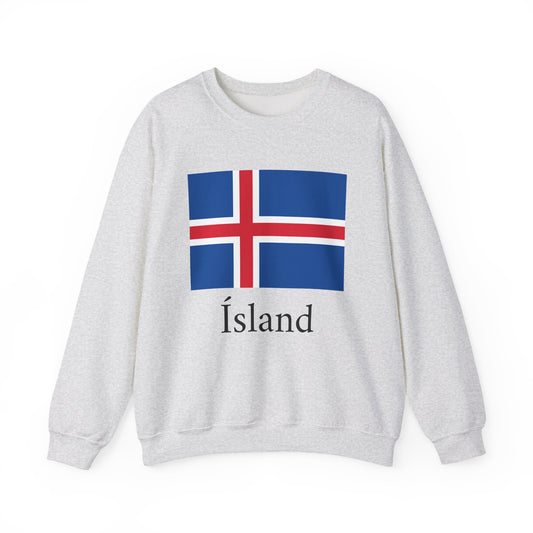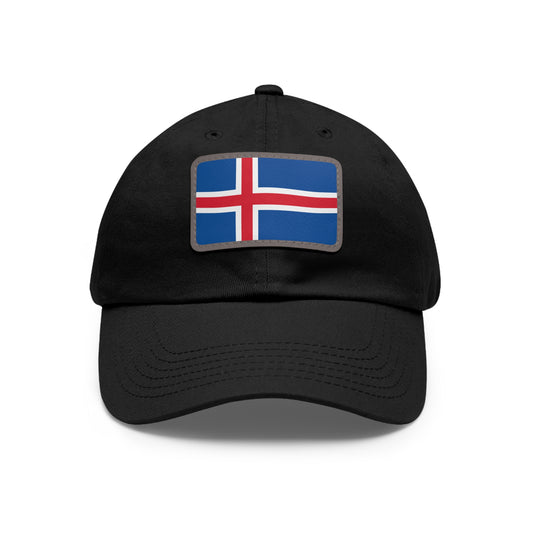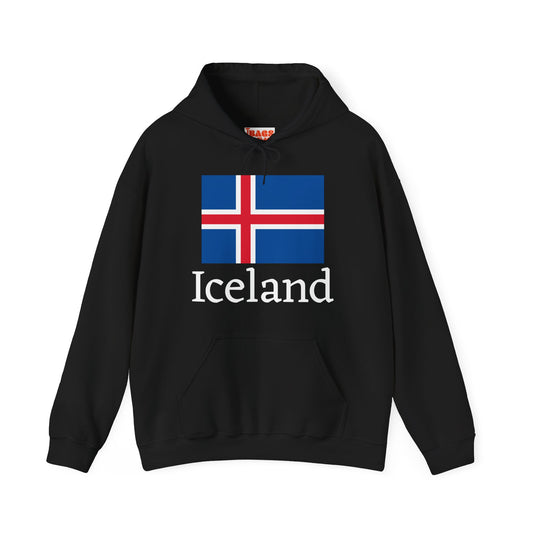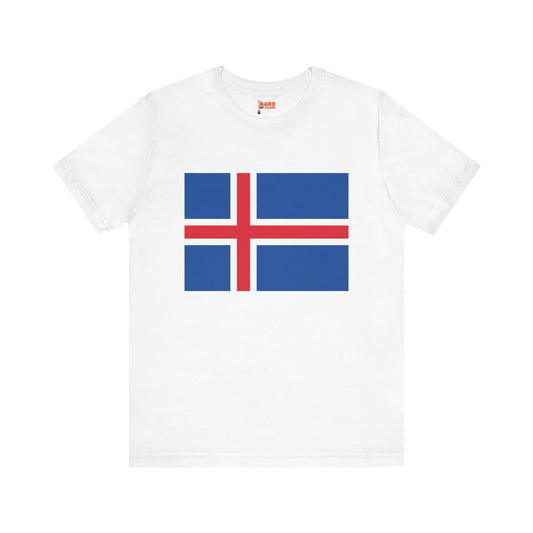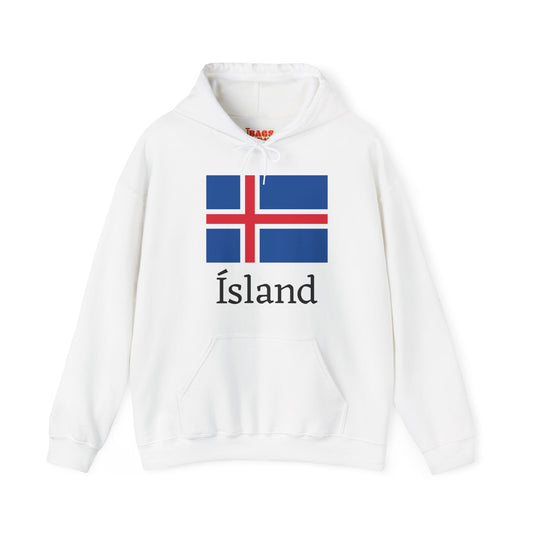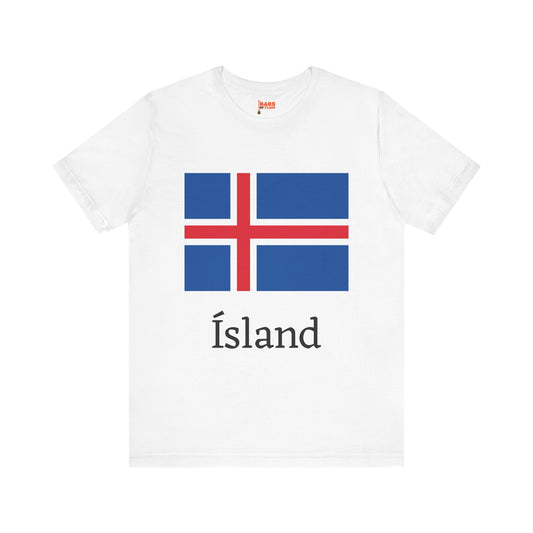-
Iceland Flag Sweatshirt
Regular price $34.15 USDRegular priceUnit price / per -
Iceland Sweatshirt
Regular price $34.15 USDRegular priceUnit price / per -
Ísland Sweatshirt
Regular price $34.15 USDRegular priceUnit price / per -
Iceland Pillow
Regular price $22.65 USDRegular priceUnit price / per -
Iceland Backpack
Regular price $59.79 USDRegular priceUnit price / per -
Iceland Leather Patch Hat
Regular price $18.85 USDRegular priceUnit price / per -
Iceland Mug
Regular price $11.65 USDRegular priceUnit price / per -
Iceland Trucker Cap
Regular price $14.90 USDRegular priceUnit price / per -
Iceland Hoodies
Regular price $34.40 USDRegular priceUnit price / per -
Iceland T-shirts
Regular price $22.79 USDRegular priceUnit price / per -
Iceland Flag Hoodies
Regular price $34.40 USDRegular priceUnit price / per -
Iceland Flag on T-shirt
Regular price $22.79 USDRegular priceUnit price / per -
Ísland Hoodie
Regular price $34.40 USDRegular priceUnit price / per -
Ísland T-shirts
Regular price $22.79 USDRegular priceUnit price / per
Collection: Iceland
The Iceland flag, also known as the flag of Iceland, symbolizes the nation's rich history and culture. With its unique design and colors, the flag represents the values and ideals of the Icelandic people. We will explore the history, symbolism, and current use of the Iceland flag.

Overview of the Iceland Flag
The flag of Iceland consists of a vivid blue background intersected by a Nordic cross that extends to the edges of the flag; the cross itself is white with a red core. This design is distinctive and deeply imbued with symbolism reflecting the country’s natural beauty and heritage. The choice of blue mirrors the expansive Icelandic sky and the surrounding Atlantic Ocean that isolates and protects the island. The white of the cross evokes images of Iceland's famed icy landscapes, including glaciers that glisten under the sunlight. Red, a less dominant but equally significant color, draws inspiration from the volcanic fire, an integral part of Iceland's creation and ongoing natural landscape. Together, these colors and the flag’s design encapsulate the essence of Iceland’s environment, its challenges, and its beauty. Beyond being a national emblem, this flag serves as a daily reminder of the dynamic and resilient nature of Iceland and its people.
Historical Context

The official adoption of the Iceland flag on June 19, 1915, marked a pivotal chapter in Iceland's quest for identity and autonomy. This era was characterized by a burgeoning nationalist movement seeking to affirm Iceland's distinctiveness from other Nordic countries, especially Denmark, with which it shared a long and complex history. Before 1915, various designs and symbols were proposed and used unofficially, reflecting the country’s struggle for a cohesive national symbol encapsulating its values and aspirations.
The design that was ultimately chosen resonates deeply with the nation’s historical narrative and landscape, drawing inspiration from both the natural environment and the enduring spirit of its people. The flag's adoption occurred when Iceland was still under the Danish crown, making establishing a national flag not just an act of cultural expression but also a subtle assertion of sovereignty. Over the years, the flag has been a constant companion through Iceland’s journey towards complete independence, which was finally achieved in 1944.
The early 20th century was thus a transformative period for Iceland, with the flag's adoption symbolizing a key milestone in the country's evolving identity. It served as a visual representation of Iceland's natural beauty and heritage and a banner under which the Icelandic people could rally in their pursuit of greater autonomy and self-determination.
Symbolism of the Flag
The colors and configuration of the Iceland flag are laden with profound symbolism that resonates deeply with the Icelandic populace. The blue backdrop of the flag evokes the vast and encompassing Atlantic Ocean that borders Iceland, a constant in the life of the nation that speaks to both isolation and protection. The red core of the Nordic cross is a vivid representation of Iceland’s volcanic might, a testament to the fiery energy that fuels both the landscape and the spirit of its people.
Surrounding the red in a harmonious embrace, the white of the cross conjures images of the ice and snow that blanket the country, reflecting Iceland’s enduring resilience and purity. This interplay of colors and shapes is not merely aesthetic but narrates the story of a land sculpted by fire and ice, a community standing steadfast amidst the forces of nature. The flag, therefore, is a banner under which the people of Iceland unite, a symbol of their shared heritage and an emblem of their collective strength and determination.
Current Relevance
The Iceland flag proudly flies at various significant events and is expected at government buildings, educational institutions, and other vital locations nationwide. It is pivotal in Independence Day festivities, symbolizing the nation's sovereignty and unity, and in military observances that honor the service and sacrifice of Icelandic forces. Despite its near-ubiquitous presence and the pride it inspires, the flag has occasionally been the center of debate. These discussions often revolve around what the flag represents regarding Iceland's evolving national identity and its place in the global community. Such debates highlight the dynamic nature of national symbols and their ability to reflect broader societal shifts. While these conversations can be contentious, they also demonstrate the deep connection between the Icelandic people and their flag, underscoring its importance as a historical artifact and a living emblem of the nation's past, present, and future aspirations.
Additional Facts
The handling and display of the Iceland flag are subject to unique protocols that embody the nation's respect and reverence for this symbol. For instance, allowing the flag to touch the ground is considered a significant disrespect, highlighting the deep-seated tradition of honor associated with the national emblem. This flag stands as one of the most enduring national symbols globally, boasting a rich heritage that has remained unchanged for more than a century. Its colors, which capture the natural beauty and spirit of Iceland, also adorn the traditional Icelandic costume, the Þjóðbúningur, further weaving the flag into the fabric of the nation's cultural identity.
During national mourning or remembrance, the flag is flown at half-staff, a solemn gesture that unites the country in its grief or reflection. Additionally, the flag's imagery is deeply intertwined with Iceland's national anthem, serving as a visual representation of the lyrics that celebrate the unity and resilience of the Icelandic people. This multifaceted role of the flag, from its presence in ceremonial attire to its symbolic lowering in times of sorrow, highlights its central position in the heart of Iceland's national consciousness.






